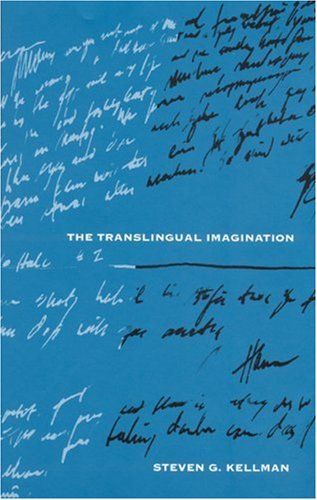
The Translingual Imagination
It is difficult to write well even in one language. Yet a rich body of translingual literature -- by authors who write in more than one language or in a language other than their primary one -- exists. The Translingual Imagination is a pioneering study of the phenomenon, which is as ancient as the use of Arabic, Latin, Mandarin, Persian, and Sanskrit as linguae francae. Colonialism, war, mobility, and the aesthetics of alienation have combined to create a modern translingual canon. Opening with an overview of this vast subject, Steven G. Kellman then looks at the differences between ambilinguals -- those who write authoritatively in more than one language -- and monolingual translinguals -- those who write in only one language but not their native one. Kellman offers compelling analyses of the translingual situations of African and Jewish authors and of achievements by authors as varied as Mary Antin, Samuel Beckett, Louis Begley, J. M. Coetzee, Joseph Conrad, Eva Hoffman, Vladimir Nabokov, and John Sayles. While separate studies of individual translingual authors have long been available, this is the first in-depth study of the general phenomenon of translingual literature.
Reviews
SvD@svd